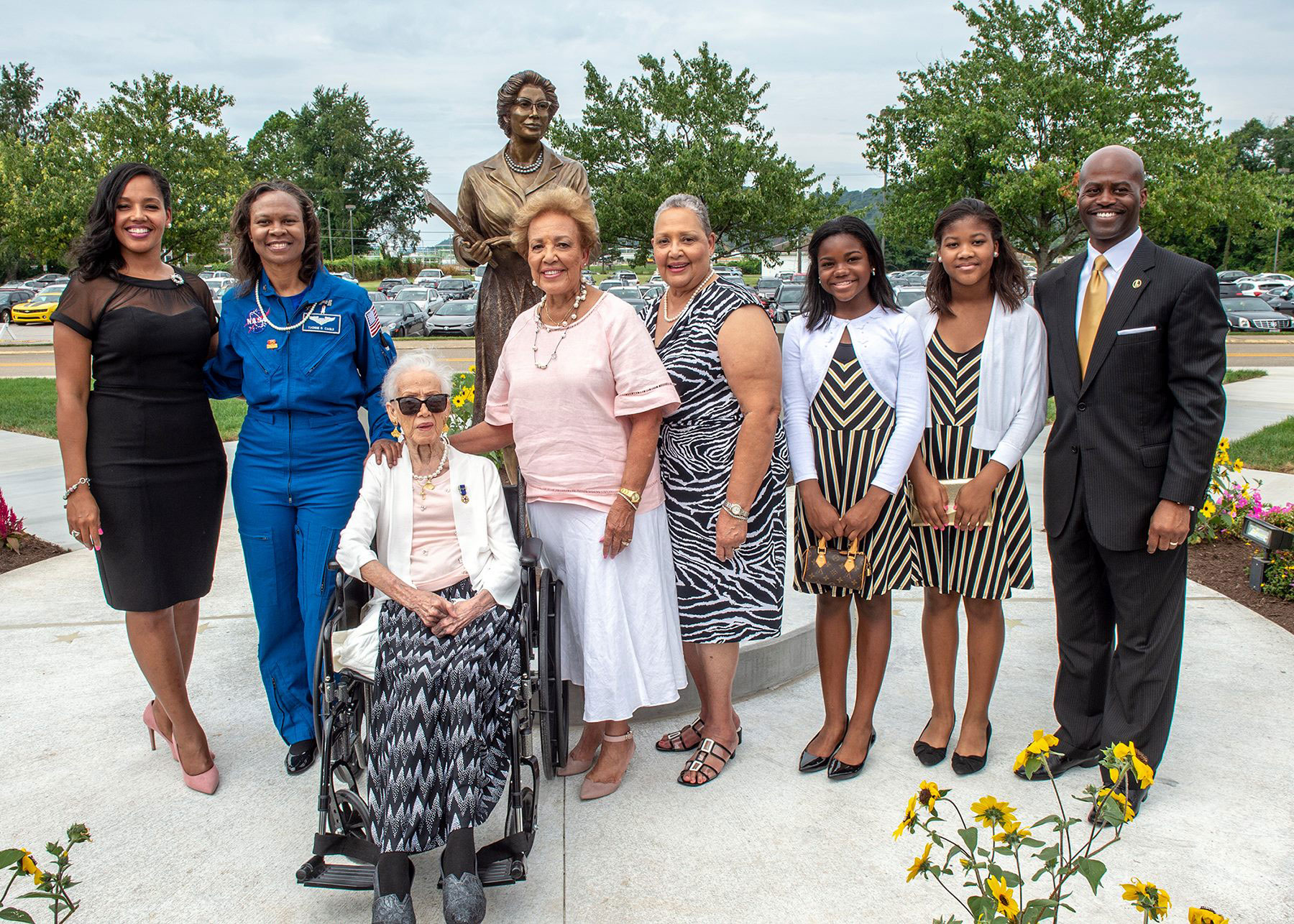

The hiring requirements for Black computers were different than for white computers. Therefore, NACA had two divisions of computers-one for white women and another for Black women. And NACA’s computers were critical to complete this work.Īlthough NACA was segregated, it was required by federal law that federal government employers not discriminate on the basis of race. Both countries were eager to create aircraft for national defense. At this time, the United States was involved in a cold war with Russia. The women were called computers because they completed all of the calculations for the male engineers on staff. The National Advisory Committee for Aeronautics (NACA) was hiring women with math experience. Katherine soon learned of a job opportunity that seemed too good to be true. Also, there were federal government facilities nearby where Katherine might find work. Looking for a fresh start, they moved to Newport News, Virginia. In 1951, Katherine and Jimmie’s home caught fire. During summer break, Jimmie worked as a chauffeur and Katherine as a maid because their teaching salaries were not enough to cover their expenses. She and Jimmie soon had three daughters, born in 1940, 1943, and 1944.īy 1947, Katherine returned to teaching with Jimmie. After one year, Katherine returned to Virginia. As an educated Black woman, teaching was the most likely profession for her, with or without a graduate degree. Katherine loved high-level math, but she did not see the value in completing her graduate degree. That same year, Katherine accepted an invitation to integrate West Virginia University as one of the first Black graduate students. Within a few months, Katherine took a job teaching and met fellow educator Jimmie Goble. By 18, she graduated with a double degree in French and math. After high school, she enrolled at the historically Black college, West Virginia State. Katherine was incredibly smart and finished high school when she was just 13 years old. And, in order to reach the nearest Black high school, the Coleman family had to move 80 miles. The Black school had only two rooms for seven grades. At that time, the school system was segregated. This was an ambitious goal for a Black family in the South. Katherine’s parents were determined their four children would complete college. “Katherine Johnson was my role model when I couldn’t find one in the hispanic community, said Otero, I know she had to work twice as hard as a black woman and I feel like she paved the way for hispanic women to join this community.Katherine Coleman was born on August 26, 1918, in West Virginia. Jordan said he believes having leaders like Johnson in his community inspires kids just like him to strive to make a difference when they’re older. “Seeing someone who looks like you, talks like you, speaks like you and just having that figure like that could just give you the insight of, ‘Wow, someone like me can be just like that years from now,'” Jordan said. Senior aerospace major Marcus Jordan said aerospace is something he’s dreamt of pursuing since he was a child, but finding influences like Johnson pushed him to make those dreams a reality. Students in the National Society of Black Engineers said having influences like Katherine Johnson motivate them to continue to pursue engineering and find their place in the industry. In 1961, Johnson assisted in making history after she calculated the trajectory of Alan Shepard’s space flight, which then became America’s first human space flight, according to NASA. She was known as a “human computer” who solved complex computations when electronic computers were still on the up rise. And just reading about the history and all the impacts she was able to do, I came to realize that if she could do it in the times she did it as a female and as a black woman then I could do it as a minority,” Otero said.Īccording to NASA, Katherine Johnson broke barriers as an African American woman in 1953 when she moved to Newport News, Virginia, to pursue a position at NASA in the all-black computing section. “I always wanted to do engineering, but I always thought as a male-dominant career maybe that wouldn’t be very successful for me. 24 at 101 years old - but her legacy will live on at UCF forever. The UCF Ph.D student came across Katherine Johnson, a legendary NASA mathematician known for her mathematical abilities portrayed in the 2016 film “Hidden Figures” and a 2018 Presidential Medal of Freedom recipient.

As a Hispanic woman, she said she found it important to find minorities who she could look up to, even if they weren’t in her community. Michelle Otero was in the 8th grade when she searched the web for influential aerospace leaders of color.


 0 kommentar(er)
0 kommentar(er)
